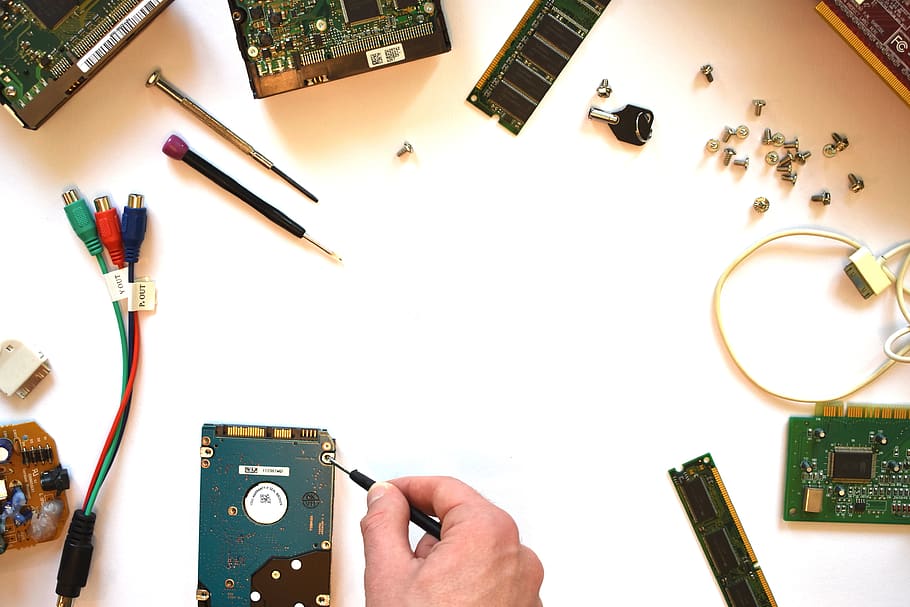
When it comes to securing our properties, gates play a crucial role in providing both safety and convenience. However, like any mechanical system, gates can experience issues that require timely and effective repair services. Whether your gate is malfunctioning, sticking, or has stopped working altogether, understanding the available solutions can save you time and money. This guide is designed to help you navigate the realm of gate repair services, ensuring that you have all the information you need to make informed decisions.
One of the leading providers in this field is Automatic Gate Masters, a company renowned for its expertise in gate repair services. With a team of specialists dedicated to gate automation, they possess the factory authorization and know-how to install, repair, and properly automate gates of all types. Understanding the importance of a well-functioning gate, their professionals are equipped to handle a variety of issues, ensuring that your access points are secure and operational efficient. Let’s explore the essential aspects of gate repair services and how to unlock effective solutions for your needs.
Why Choose Automatic Gate Masters?
Automatic Gate Masters stands out as a leading provider of gate repair services due to its team of knowledgeable experts. With a deep understanding of gate systems and automation, they are well-equipped to handle a wide variety of repair and installation needs. Their expertise ensures that all projects are completed efficiently and to the highest standards, providing peace of mind to customers who need reliable service.
Being factory authorized is another significant advantage that Automatic Gate Masters offers. This certification not only highlights their commitment to quality but also guarantees that they use the best available parts and technologies in their repairs. With access to the latest innovations in gate automation, they can provide solutions that are both effective and long-lasting, minimizing the likelihood of future issues.
In addition to their technical abilities, Automatic Gate Masters prides itself on exceptional customer service. They understand that having a functional gate is essential for safety and convenience, and they strive to respond quickly to service requests. Their friendly team works closely with clients to ensure their specific needs are met, fostering a positive experience from start to finish.
Types of Gate Repair Services
Gate repair services encompass a variety of options tailored to meet the unique needs of each gate system. One common service is the repair of mechanical components, such as hinges, latches, and rollers. Over time, these parts can wear down or become damaged, affecting the gate’s functionality. Qualified professionals ensure that all mechanical repairs are completed using durable materials, extending the lifespan of the gate.
Another essential aspect of gate repair is electrical system troubleshooting and maintenance. Automatic gates rely on electrical components to function correctly, which can be prone to issues like faulty wiring or malfunctioning motors. Experts, especially those from automaticgatemasters, are trained to diagnose and repair these electrical problems efficiently, ensuring that your automatic gate operates smoothly and safely.
Finally, gate automation installation and upgrades represent a vital service for those looking to enhance their gate systems. Professionals not only repair existing gate automation systems but also provide the expertise to install new, state-of-the-art solutions. This can include adding features like remote access, keypads, or safety sensors, ensuring that your gate provides optimal convenience and security.
Benefits of Professional Gate Automation
Investing in professional gate automation enhances security and convenience for residential and commercial properties. Automated gates provide a controlled entry point, deterring unauthorized access and increasing safety. With advanced locking mechanisms and surveillance options, property owners can monitor who enters and exits, giving them peace of mind.
In addition to security, automated gates improve convenience significantly. With just the push of a button or a wave of a hand, users can enter and exit their property without the hassle of manually opening and closing heavy gates. This is particularly beneficial for individuals with mobility issues or those who frequently manage deliveries. Automated systems can also integrate with smartphone apps, allowing remote access management from anywhere.
Moreover, professional installation and maintenance by experts like automaticgatemasters ensure that the automation is reliable and efficient. Their specialized knowledge guarantees proper installation, reducing the likelihood of technical issues that could lead to costly repairs. This expertise not only maximizes the lifespan of the gate system but also enhances its performance, making it a worthwhile investment for any property.
How to Identify Gate Issues
Identifying gate issues early can save you time and money. Start by observing the gate’s movement when you open or close it. Listen for any unusual sounds like grinding or squeaking, which can indicate mechanical problems or lack of lubrication. If the gate hesitates or gets stuck, it might signify an issue with the motor or the track alignment.
Next, check the physical condition of the gate and its components. Look for visible damage such as rust, bent parts, or loose hinges. If the gate is automatic, inspect the sensors to ensure they are clean and properly positioned. Any obstructions in the gate’s path can also cause operational failures, so make sure there is nothing blocking its movement.
Lastly, pay attention to the remote control or keypad functionality if your gate operates electronically. If you notice that your remote is not responding or the gate does not react to your commands consistently, this could indicate a problem with the electrical system or the battery. Addressing these issues promptly can prevent more extensive damage and keep your gate functioning smoothly.
What to Expect During Your Service Appointment
When you schedule a service appointment with automaticgatemasters, you can expect a timely arrival from their team of gate automation specialists. They value your time and will arrive at the agreed-upon time, ready to assess your gate’s condition. A thorough inspection will begin immediately to identify any issues affecting the gate’s performance, whether it be mechanical failures or electrical problems.
After the assessment, the technicians will provide you with a detailed explanation of the findings and discuss the various options available for repair or automation. They are factory authorized and bring a wealth of expertise to the conversation, ensuring you understand the best solutions tailored to your specific needs. This transparency helps you make informed decisions about your gate repair services.
Once you’ve chosen the right course of action, the experts will proceed with the necessary repairs and installations. You can expect a professional and efficient approach as they work to restore your gate to full functionality. As the appointment concludes, they will perform tests to ensure everything works seamlessly and answer any questions you may have about maintenance or future care for your gate.





